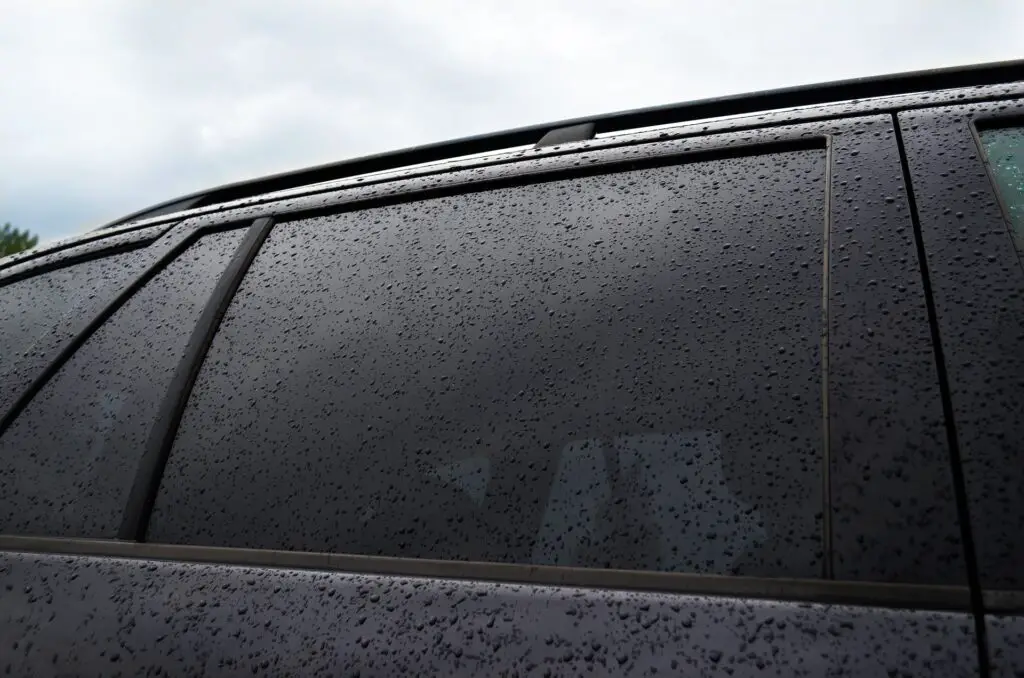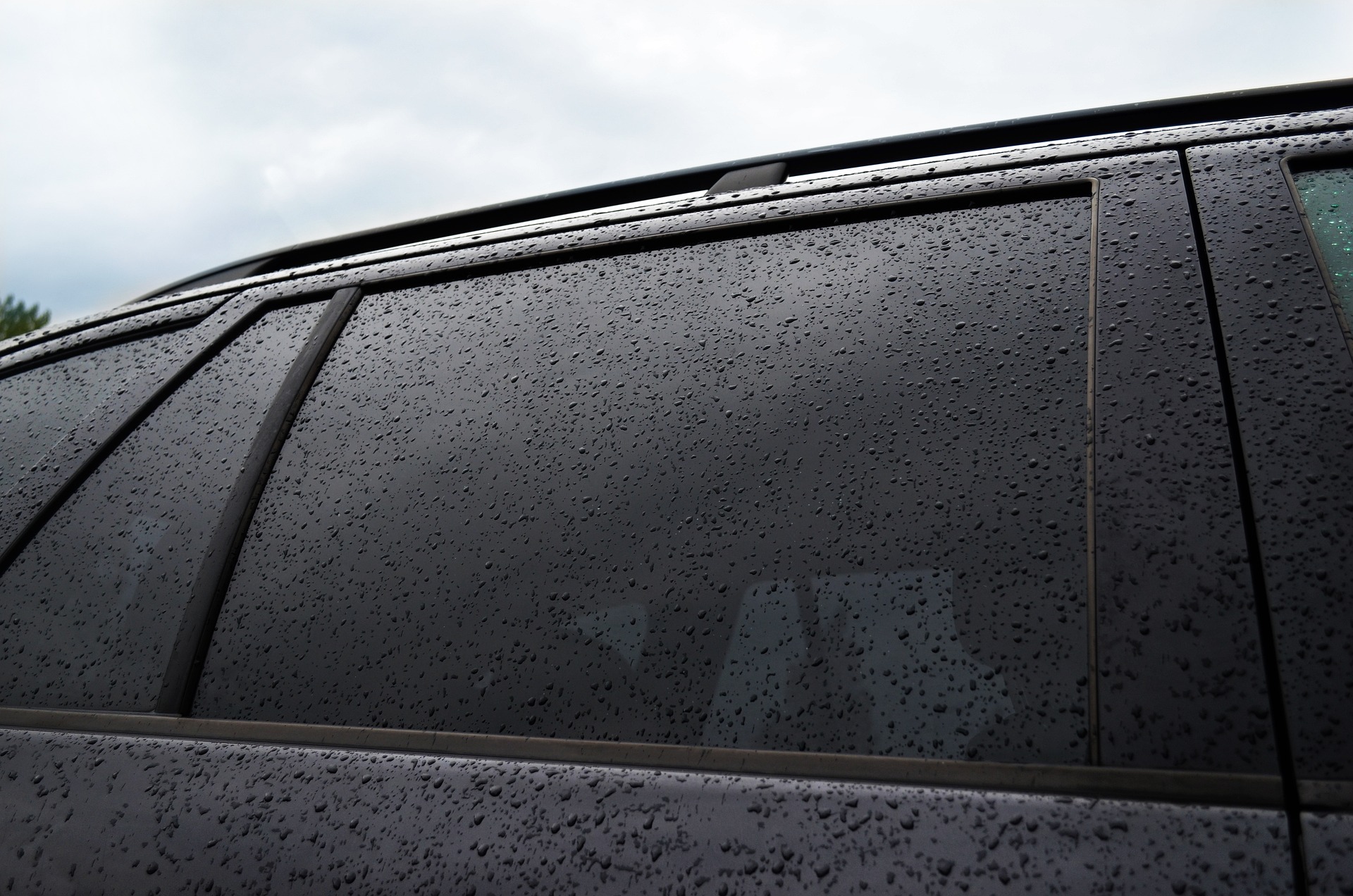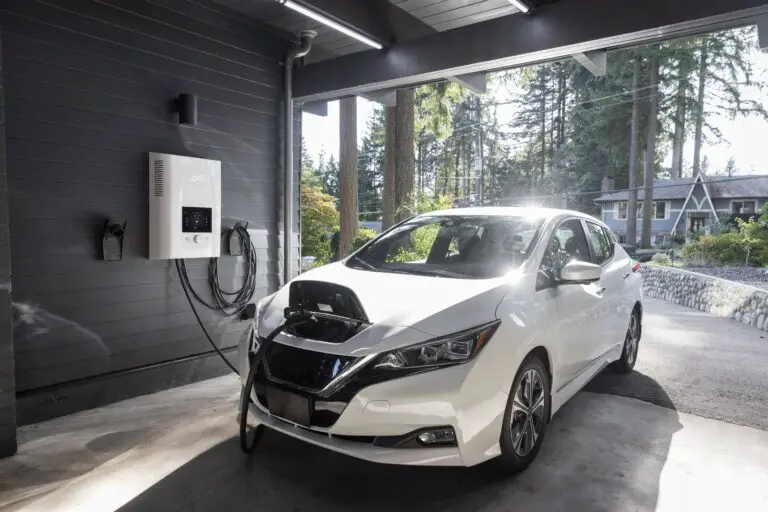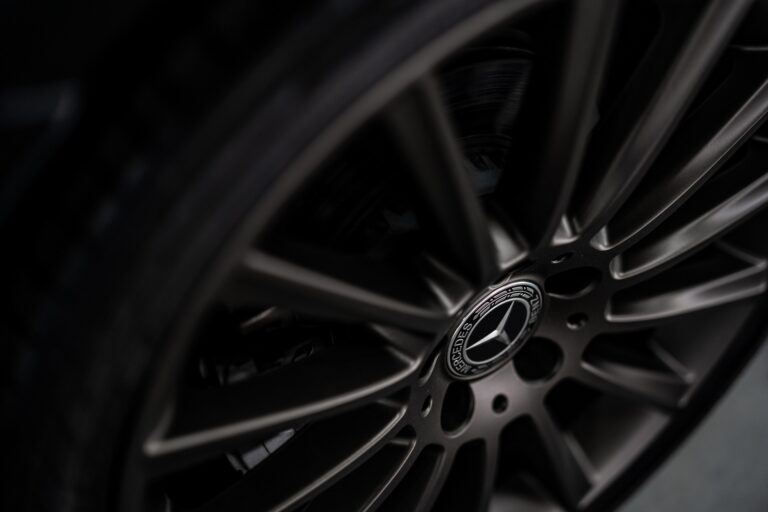How Much to Tint Car Windows

Car window tinting is a popular way to enhance privacy, reduce glare, and protect the interior of a vehicle from harmful UV rays. However, many car owners are unsure about how much it costs to tint their car windows. The cost of car window tinting can vary widely depending on several factors, including the type of tint film, the number of windows being tinted, and the quality of the installation.
According to a recent search, the average cost of car window tinting is around $300. However, this price can vary significantly depending on the type of vehicle and the quality of the tint film. Some car owners may opt to install the tint film themselves to save money, but this can be a risky option for those without experience. It is recommended to hire a professional tint shop to ensure a high-quality installation that will last for years to come.
Overall, the cost of car window tinting can range from $59 to $999, depending on the factors mentioned above. While it may seem like a significant investment, the benefits of car window tinting can outweigh the cost in the long run. By reducing heat and glare, protecting the interior of the car, and enhancing privacy, car window tinting can improve the driving experience and increase the value of the vehicle.
Benefits of Tinting Car Windows
Tinting car windows is a popular modification that can offer several benefits to car owners. Here are some of the advantages of tinting car windows:
1. Protects from UV Rays
Car window tinting can block up to 99% of harmful ultraviolet (UV) rays from entering the car. This is beneficial for both the car’s occupants and the car’s interior. UV rays can cause skin damage and accelerate the aging process, and they can also fade and damage the car’s upholstery and dashboard.
2. Reduces Heat
Tinting car windows can also reduce the amount of heat that enters the car. This can be particularly beneficial during the summer months, as it can help keep the car cool and comfortable. It can also help reduce the load on the car’s air conditioning system, which can improve fuel efficiency.
3. Enhances Privacy
Tinted car windows can also enhance privacy and security. They can make it more difficult for people to see inside the car, which can be beneficial for car owners who carry valuable items or who want to protect their privacy. Tinted car windows can also make it more difficult for thieves to see inside the car and identify potential targets.
4. Improves Appearance
Tinted car windows can also improve the appearance of the car. They can give the car a sleek and stylish look, and they can also help hide imperfections in the windows. Tinted car windows can also help reduce glare and improve visibility, which can be beneficial for drivers.
Overall, tinting car windows can offer several benefits to car owners. However, it is important to ensure that the tinting is done correctly and in compliance with local laws and regulations.
Types of Window Tinting Films
When it comes to window tinting films, there are several options available in the market. Each type of film has its own set of advantages and disadvantages. Here are the most common types of window tinting films:
Dyed Window Films
Dyed window films are the most basic type of window tinting films. They are made by applying a layer of dyed polyester film to the inside of the car’s windows. The film absorbs heat and blocks out UV rays, making it an effective way to reduce glare and keep the car cool. However, they tend to fade over time and may not be as effective as other types of films.
Metalized Window Films
Metalized window films are made by applying a thin layer of metal to the film. The metal layer reflects heat and blocks out UV rays. They are more durable than dyed films and do not fade as quickly. However, they can interfere with radio and GPS signals.
Hybrid Window Films
Hybrid window films are a combination of dyed and metalized films. They offer the best of both worlds, providing good heat reduction and UV protection while minimizing interference with radio and GPS signals.
Carbon Window Films
Carbon window films are made by applying a layer of carbon to the film. The carbon layer blocks out heat and UV rays while still allowing visible light to pass through. They are more expensive than other types of films but offer superior heat reduction and UV protection.
Ceramic Window Films
Ceramic window films are the latest and most advanced type of window tinting films. They are made by applying a layer of ceramic to the film. The ceramic layer blocks out heat and UV rays while still allowing visible light to pass through. They are more expensive than other types of films but offer the best heat reduction and UV protection.
In conclusion, when choosing a window tinting film, it is important to consider your needs and budget. Each type of film has its own set of advantages and disadvantages, so it is important to do your research and choose the one that best suits your needs.
Legal Considerations and VLT Regulations
When it comes to tinting car windows, there are legal considerations and VLT (Visible Light Transmission) regulations that must be taken into account. Each state has its own laws regarding how much a car’s windows can be tinted, and it is important to follow these regulations to avoid being ticketed or fined.
VLT refers to the amount of visible light that is allowed to pass through a car’s windows. The lower the VLT percentage, the darker the tint. Generally, the front windows of a car are allowed to have a higher VLT than the rear windows. This is because the driver needs to have a clear view of the road ahead.
The common allowable limits for VLT are 50 percent for the driver’s front and passenger’s front window, and 35 percent for the rear passenger or side windows and the back window. It is important to note that while this information provides state-specific legal tint information, local city or county regulations may vary. Therefore, it is important to check with the local authorities to ensure that the tint level is legal in that area.
It is also important to keep in mind that excessive tinting can reduce visibility, which can be dangerous while driving. Therefore, it is recommended to choose a tint level that provides health protection from UV rays, increases privacy, and does not compromise visibility.
Cost Factors for Window Tinting
When it comes to window tinting, the cost can vary depending on several factors. Here are some of the most important factors to consider when determining the cost of window tinting:
Size and Type of Vehicle
The size and type of vehicle can have a significant impact on the cost of window tinting. Larger vehicles, such as SUVs or vans, typically require more window tinting film, which can increase the cost. Additionally, luxury or high-end vehicles may require more specialized window tinting film, which can also increase the cost.
Quality of Tinting Film
The quality of the tinting film used can also affect the cost of window tinting. Higher quality films, such as ceramic or carbon films, can be more expensive than lower quality films. However, higher quality films may offer better heat rejection, UV protection, and durability, which can make them a worthwhile investment in the long run.
Professional Installation vs DIY
Another factor to consider is whether to have the window tinting professionally installed or to do it yourself. While DIY window tinting kits can be less expensive than professional installation, they may not provide the same level of quality or durability. Additionally, professional installation may come with a warranty, which can provide added peace of mind.
Warranty and Additional Services
Finally, it’s important to consider any warranties or additional services that may be offered by the window tinting company. Some companies may offer a warranty on the tinting film or the installation, which can provide added protection and value. Additionally, some companies may offer additional services, such as removal of old tinting film or cleaning of the windows, which can also affect the overall cost.
Overall, when determining the cost of window tinting, it’s important to consider all of these factors and to choose a reputable and experienced window tinting company. By doing so, you can ensure that you get the best value for your money and that your window tinting is done correctly and professionally.
Frequently Asked Questions (FAQs)
Q: What is the average cost range for tinting a 4-door sedan?
A: The cost of tinting a 4-door sedan can vary depending on several factors, such as the quality of the tint film, the number of windows being tinted, and the location of the tinting service. On average, a good quality tint job for a 4-door sedan can cost between $200-$400. However, it is important to note that cheaper prices may also be available, but it is essential to be cautious of these promotions as they may use lower-quality tint film or do cheap jobs.
Q: How does ceramic window tint pricing compare to standard tint?
A: Ceramic window tint is a premium product that is more expensive than standard tint. Ceramic tinting uses nanotechnology to block infrared rays and heat, making it more effective in keeping the car cool. Due to its advanced technology, ceramic tinting can cost up to twice as much as standard tint.
Q: What factors influence the total cost of window tinting for a vehicle?
A: Several factors can influence the total cost of window tinting for a vehicle. These factors include the type and quality of the tint film, the number of windows being tinted, the size and type of the vehicle, the location of the tinting service, and any warranties or additional services offered by the tinting company.
Q: Are there legal restrictions on window tint percentages in different states?
A: Yes, different states have different legal restrictions on window tint percentages. Before tinting your car windows, it is essential to check your state’s department of motor vehicles to learn about the regulations, such as the legal light transmission levels.
Q: How do tint percentages, like 20% and 35%, affect the cost of tinting?
A: Tint percentages can affect the cost of tinting as darker tints require more film and labor to install, making them more expensive. For example, a 20% tint may be more expensive than a 35% tint due to the extra material and labor required.
Q: Can you provide an estimate for full car window tinting?
A: The cost of full car window tinting can vary depending on the factors mentioned above. However, on average, full car window tinting can cost between $400-$800 for a good quality tint job with high-quality tint film.
Final Thoughts
Understanding the window tinting cost is pivotal for car owners considering this enhancement. The price range can vary significantly based on factors such as the type of tint—be it dyed window tint, ceramic tint, or the more specialized options for enhanced privacy and UV protection. Whether you’re looking to get your car windows tinted for aesthetic reasons, to reduce glare, or to protect your vehicle’s interior, it’s essential to factor in the costs associated with installing window tint, including the labor for tint removal if you’re replacing old window film.
Remember, the total window tinting costs may also fluctuate depending on how many windows you plan to tint, including the rear window, which can sometimes require more intricate work due to its shape and size. While the focus is often on vehicles, it’s worth noting that residential window tinting can offer similar benefits for your home or office, potentially influencing the overall market for window tints. When deciding to tint windows, consider not just the initial outlay but also the long-term benefits, such as reduced energy costs, increased privacy, and protection from UV rays.
“How much does window tinting cost?” is not just a question of immediate expenditure but an investment in your vehicle’s value and your comfort. As the demand for customized tinted windows grows, staying informed about the latest in window film technology and installation techniques will ensure your investment is both beneficial and cost-effective.




